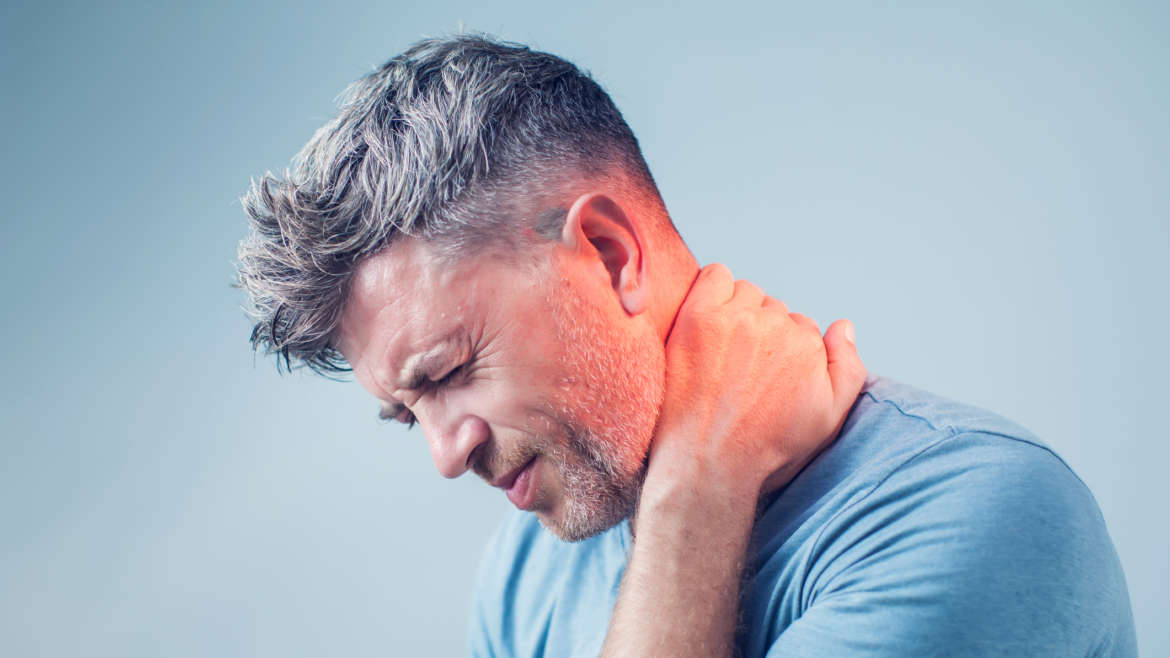Whenever we feel pain in our bodies, it is either acute or chronic. The causes of both types are widely varied, as are the treatments. Understanding what actually happens in our bodies when we feel pain can help with treatment and pain management. It’s also important to remember that no two people are the same when it comes to experiencing pain – we all have different tolerances, so listen to your own body!
What’s the difference between acute pain and chronic pain?
Acute pain usually appears swiftly and for a specific reason. It can be mild and go away fairly quickly, or it can be more severe and last for a few months. It occurs as a result of tissue damage – think dental work, surgery, broken bones, childbirth. Once the body has recovered from these causes, the acute pain will fade away.
Less easy to pinpoint is chronic pain, sometimes called persistent pain, which is ongoing and can last much longer. It could be as a result of injury or illness. It could appear when there’s been no obvious injury and no apparent damage. Or it could be linked to conditions, including cancer, fibromyalgia and back pain. Chronic pain in itself is considered a health condition and has a different mechanism to acute pain. There are many other influences with persistent pain including managing what you think (cognitive), how you feel (emotional) and what your expectations are.

Why do we feel pain?
Pain is a reaction by the body, an alert to the fact that something is wrong. It begins when the nerve endings are stimulated, when you cut yourself for example. Or if the nerves themselves suffer damage. Because it’s a nerve reaction, pain may also be felt some time after the injury has healed.
Any part of the body can feel pain – acute pain will be at the source of the injury, but chronic pain could be anywhere. The most common types of pain are headaches, back and neck pain and joint pain. A condition such as fibromyalgia can cause pain throughout the body.
How do we feel pain?
Our nervous system consists of the central nervous system (the spinal cord and brain) and the peripheral nervous system. It is the cells in the peripheral nervous system that respond to pain, sending alerts via electrical current and chemical interactions to the spinal cord and brain. Tissue damage is felt at the source and an electrical impulse is sent to the spinal cord which causes a reaction – pulling away from the cause of pain, for example. It then travels to the brain, which responds by releasing pain suppressing chemicals as well as messages to begin the healing process. This could be the release of white blood cells and platelets to repair cuts.
If the nerves themselves become damaged, be they peripheral or spinal, pain will be experienced. The pain signals they send will be spontaneous and not in response to an injury. This is neuropathic pain which might tingle, burn, go numb or feel like pins and needles.
Does pain affect everyone in the same way?
There’s some truth that it’s all in your head when it comes to pain, well, partly at least. How you experience and process pain is affected by the emotion and knowledge that goes with the physical feeling. It’s also true that we all have different pain thresholds. Yours is shaped by many different factors. Genetics, gender, social experiences and past experiences can all have a bearing. So the same wound or injury won’t be felt in the same way by two different people.
How pain can impact your life
We all know what it’s like to be in pain. Hopefully, your experience of pain is in short-lived bursts, such as headaches or occasional muscle pain. Unfortunately, there are many people who have to live with pain that doesn’t recede, day in, day out. It can take an incredible toll on life, relationships, capacity to work. It can be all consuming as well as leading to further complications.
Both acute and chronic pain can be managed, sometimes with exercise and medication taken under medical supervision. Other options come in the form of complementary therapies, such as osteopathy or acupuncture. As our understanding of pain increases, so does our knowledge of how to help in its management.
If you suffer from any kind of pain, they key is to not go it alone. Contact us to see one of our Osteopaths and we’ll be able to find out what’s causing the pain, and how we can help it get better. As well as helping with the physical symptoms of pain we also offer OsteoMap which is a combination of osteopathy, mindfulness and acceptance based therapy for persistent pain.
You can book an appointment online or call us on 020 8316 5316.



Add Comment